
Dry Eye
Latest News
Latest Videos

CME Content
More News
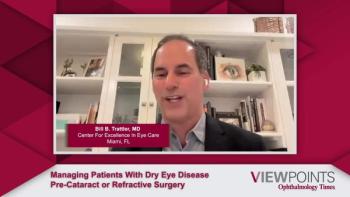
Kelly K. Nichols, OD, MPH, PhD, and Crystal Brimer, OD, provide their clinical advice on managing patients with overlapping eye diseases that need surgical treatment.
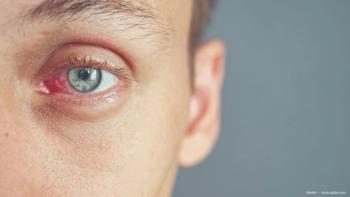
Physicians ask the right questions and take an aggressive approach to treatment.

Experts discuss key factors to consider when using anti-inflammatory agents to treat dry eye disease (DED).
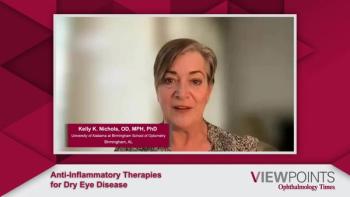
Kelly K. Nichols, OD, MPH, PhD, discusses various anti-inflammatory treatment options for dry eye disease (DED), such as cyclosporine, lifitegrast, and varenicline. In addition, Cynthia Matossian, MD, FACS, provides an overview of the mechanism of action of lifitegrast and how it differs from cyclosporine.
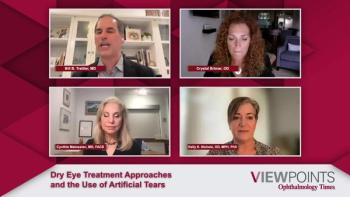
Experts discuss various treatment approaches for patients with dry eye disease (DED). They also highlight the challenges and drawbacks of using artificial tears to treat DED.
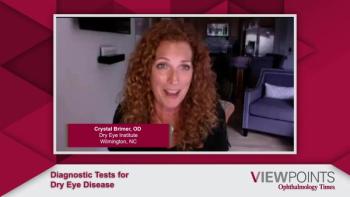
Bill B. Trattler, MD, Crystal Brimer, OD, Cynthia Matossian, MD, FACS, and Kelly K. Nichols, OD, MPH, PhD, discuss their preferred clinical diagnostic tools and tests to evaluate patients for dry eye disease (DED) and strategies for educating patients on their results.
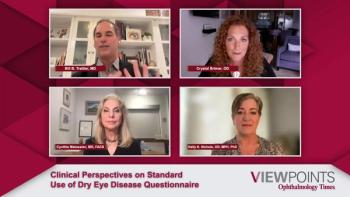
Experts offer their clinical perspectives on the use of dry eye questionnaires as a method of screening for dry eye disease (DED).
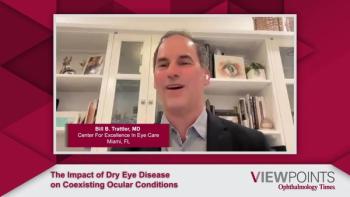
Experts discuss the impact of dry eye disease (DED) on coexisting ocular conditions and their clinical experience managing these patients.
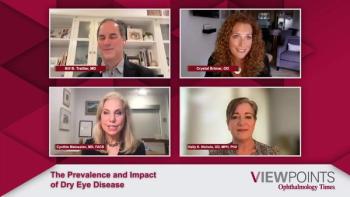
Bill B. Trattler, MD, Crystal Brimer, OD, Cynthia Matossian, MD, FACS, and Kelly K. Nichols, OD, MPH, PhD, discuss the prevalence of dry eye disease (DED) and how it can impact the quality of life for patients.

Influencers on TikTok claim the vegetable oil promotes eye health. However, ophthalmologists say the risks aren't worth any minimal benefits.
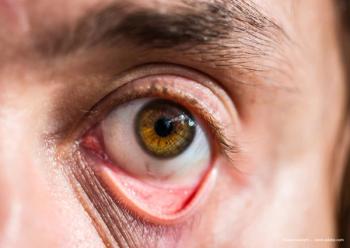

According to the companies, the divested assets will include Xiidra and SAF312, a potential therapy for chronic ocular surface pain. The deal is expected to close later this year.

As part of its effort, the company is kicking off a new social media campaign in July designed to increase the understanding of dry eye disease.
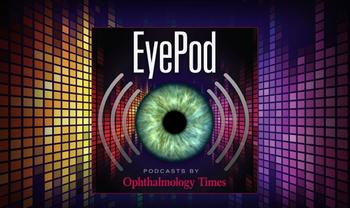
William B. Trattler, MD, highlights some of the novel therapies for dry eye that have recently been approved by the FDA, along with various treatment approaches that are in development.

Experts in the field weigh in on the perfluorohexyloctane ophthalmic solution, the first and only FDA-approved treatment for DED that directly targets tear evaporation instead of tear formation.
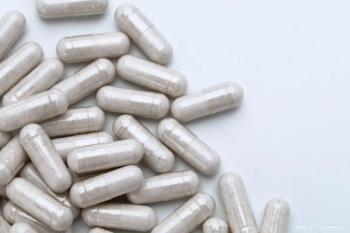
In a presentation at the American Society for Microbiology’s annual meeting, the oral administration of a commercially available probiotic bacterial strain was found to improve dry eye disease in an animal model.
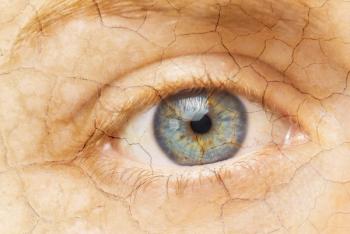
AG-80208 is a novel, first-in-class, formyl peptide receptor (FPR) agonist formulated as an aqueous solution eye drop to treat the inflammation linked with DED.

The agreement includes rights to develop, manufacture and commercialize NOV03 in Japan for the treatment of dry eye disease.

RAFARM and BioNanoSim have entered into an agreement to create the company.
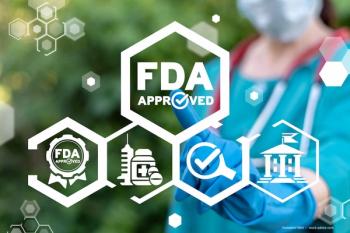
According to the company, CyclASol is preservative-free and does not contain any oils or surfactants, which can be irritating and disturbing for the tear film.
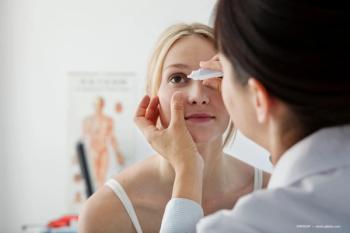
The topical drug is being tested in a multi-center, double-masked, placebo-controlled trial to treat dry eye disease (DED).
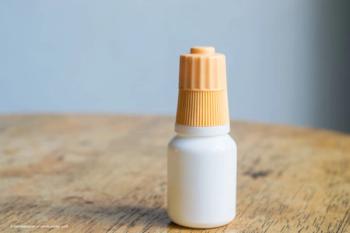
According to the company, the Preservative Freedom Coalition will put the topic of preservative-free eye care in focus through education to eye care professionals and patients.

New option a potential treatment for patients diagnosed with dry eye disease.
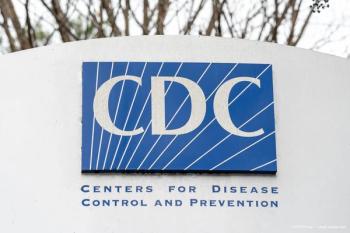
In a recent update, the CDC has noted an additional death, bringing the death toll up to 4, with numerous counts of vision loss across the US.
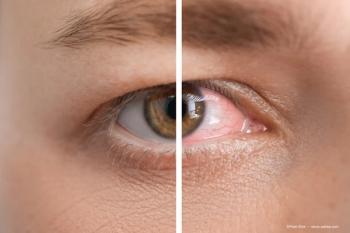
The company noted tanfanercept did not demonstrate statistical significance in either of the primary outcome measures of improvement in central corneal staining score or in improvement in Eye Dryness Score assessed at week 8 in subjects with dry eye disease, compared to vehicle. However, tanfanercept did demonstrate a highly statistically significant improvement on one of the secondary outcome measures, Schirmer testing of tear volume.




























































.png)


